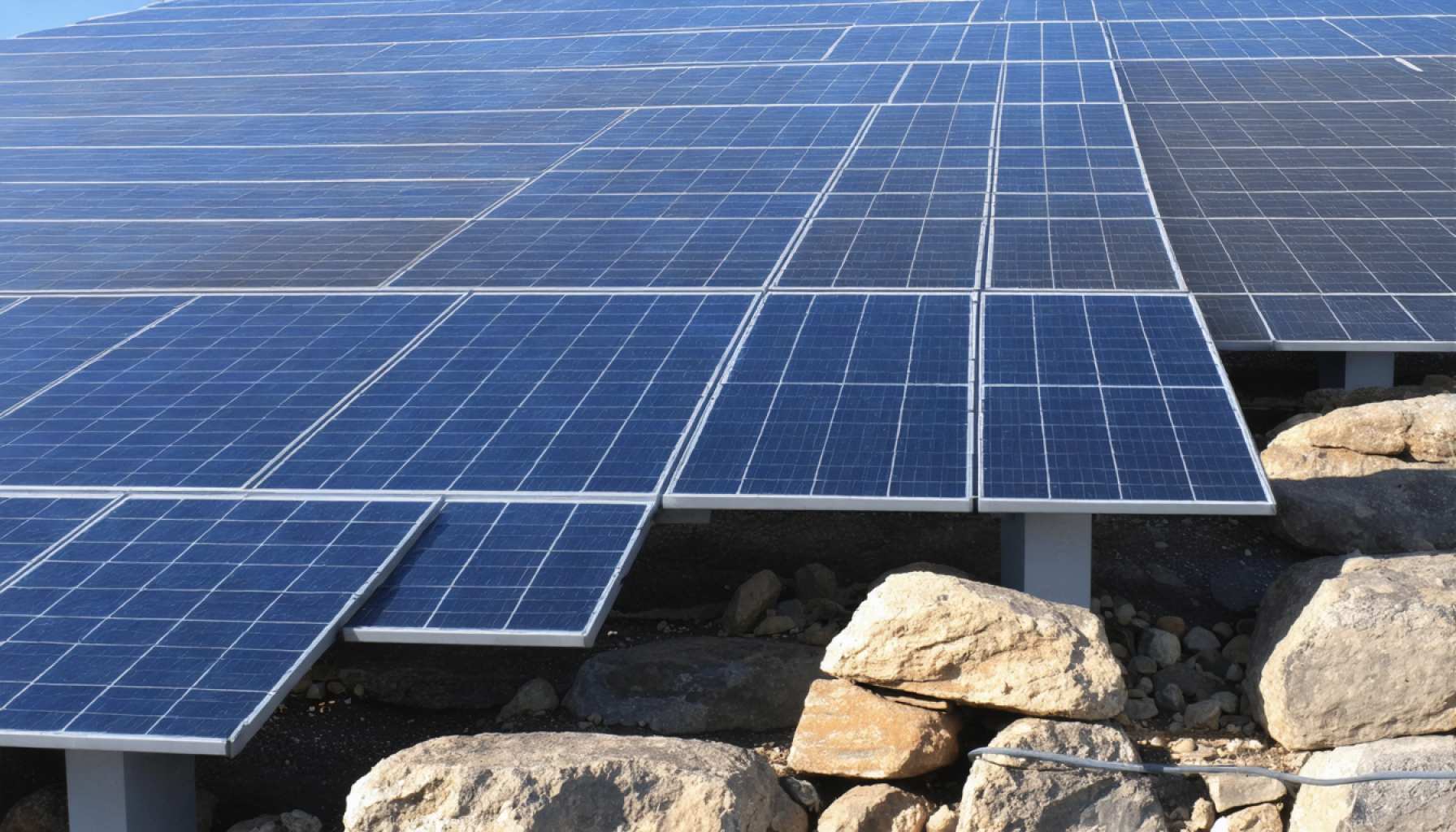
- Over Easter weekend, Greece experienced an energy paradox with abundant solar power generation juxtaposed against low electricity demand.
- Nearly 30 GWh of renewable energy potential was wasted as grid operators curtailed solar output to prevent system overloads and blackouts.
- The energy cutbacks reached their peak on Easter Sunday and Monday, with significant curtailments of 2,264 MWh and 2,400 MWh respectively.
- Electricity prices fell dramatically, at times reaching zero or negative values, highlighting grid management challenges during peak solar output.
- The situation emphasizes the urgent need for Greece to invest in energy storage solutions to efficiently manage surplus renewable energy.
- The broader takeaway is the importance of not just producing, but effectively storing and utilizing renewable energy to achieve sustainable goals.
Amidst the serene beauty of Greece’s landscape, an unexpected energy paradox unfurled over the Easter weekend as brilliant sunlight flooded the country’s copious solar farms. As families celebrated with traditional feasts under crisp blue skies, the nation’s grid operators, IPTO and HEDNO, scrambled to manage a peculiar and overwhelming abundance of renewable energy.
Picture this: soaring solar outputs, akin to torrents of liquid sunshine, clashed with an unanticipated drop in electricity demand brought on by the holiday exodus. The result? An exquisite excess of energy, almost 30 GWh of renewable potential, more than enough to fuel four substantial power plants, went to waste as operators were compelled to cut the very lifeblood of sustainability—green energy—off from the grid to stave off system overloads and blackouts.
As shadows lengthened over the festive weekend, particularly from Good Friday through Easter Monday, the grid’s custodians took drastic action. They turned away electricity imports, pulled the plug on unmonitored solar farms, and wielded the unpalatable power to shut these eco-friendly providers down. On Easter Sunday and Monday, during the sun’s majestic peak, these curtailments hit their zenith at 2,264 MWh and 2,400 MWh, respectively.
Amid these surgical strikes on supply and demand, wholesale electricity prices floundered, slipping to lows of €66.48 per MWh on Easter Sunday. As the sun climbed high, midday prices occasionally plunged to zero, or shockingly, ventured into negative territory.
This puzzling scenario—a symphony of solar power decibels hushed into silence—underscores a critical takeaway. Renewable energy, for all its earth-healing promise, remains Achilles’ heel without robust and forward-thinking storage solutions. Greece, bathed in sunlight and fueled by the winds of change, exemplifies an emerging narrative where significant investment in energy storage infrastructure is paramount.
In this era of climate awakening, with ancient winds whispering through the Parthenon and sunbeams painting the Aegean Sea, Greece offers a poignant reminder: As we blaze a trail toward a sustainable future, the triumph does not solely belong to producing green energy. The real victory lies in harnessing it fully, ensuring every photon captured from the sun’s benevolence serves to illuminate the path to a brighter tomorrow.
The Greek Renewable Energy Paradox: Are We Ready for a Solar Overflow?
The Challenge of Renewable Energy Excess
Greece’s recent Easter weekend scenario paints a vivid picture of a renewable energy conundrum faced by many nations. With solar panels basking under clear blue skies, Greece produced an overabundance of green energy, leading to unexpected complications. The situation underscores a pressing issue: without adequate storage infrastructure and grid management, even the most promising renewable resources can go unused.
Why Excess Solar Energy Was a Problem
1. Grid Management Issues: The Greek grid, managed by IPTO and HEDNO, faced system overload risks. To prevent blackouts, surplus energy was curtailed, leading to renewable energy wastage.
2. Reduced Demand: The Easter holiday saw a drop in electricity demand as families celebrated, exacerbating the mismatch between energy generation and consumption.
3. Price Fluctuations: Wholesale electricity prices fell dramatically. At peak solar production, prices even fell below zero, reflecting the excess supply versus minimal demand.
Addressing the Storage Deficit
For Greece and similar nations, bolstering energy storage solutions is crucial.
– Battery Storage Systems: Implementing large-scale lithium-ion batteries or other energy storage systems can help store excess energy for later use.
– Pumped Hydro Storage: Greece’s geography allows for the potential usage of pumped hydroelectric energy storage systems, which store energy in the form of water moved between reservoirs.
– Grid Modernization: Upgrading the grid to better manage variable renewable energy sources will enhance flexibility and reduce the need for curtailments.
The Global Context
Greece’s scenario isn’t unique. As countries worldwide ramp up renewable energy production, managing the supply-demand balance becomes increasingly complex. The International Energy Agency (IEA) notes that addressing grid stability and developing energy storage are critical to the future of global energy systems.
Future Prospects and Strategies
– Market Forecasts: The global battery storage market is projected to grow from $10 billion in 2022 to over $31 billion by 2030 (Source: BloombergNEF). Investing now could prevent future energy waste.
– Policy Initiatives: Governments can introduce policies encouraging investments in storage technologies and grid modernization.
– Public Awareness: Educating the public about the importance of energy conservation, even during high production periods, can alleviate some pressure from the grid.
Quick Tips for Energy Management
– Invest in Home Battery Storage: Homeowners can contribute to the solution by installing personal battery storage systems, reducing reliance on the grid.
– Smart Appliances: Using appliances during peak solar production can help balance demand and supply.
Conclusion
Greece’s solar surplus scenario serves as a reminder that achieving sustainable energy goals requires more than just producing renewable energy; it necessitates innovative storage solutions and smart grid management. By acting now, countries can ensure every captured photon contributes to a sustainable future.
For more information about renewable energy strategies, visit IEA or Renewable Energy World.